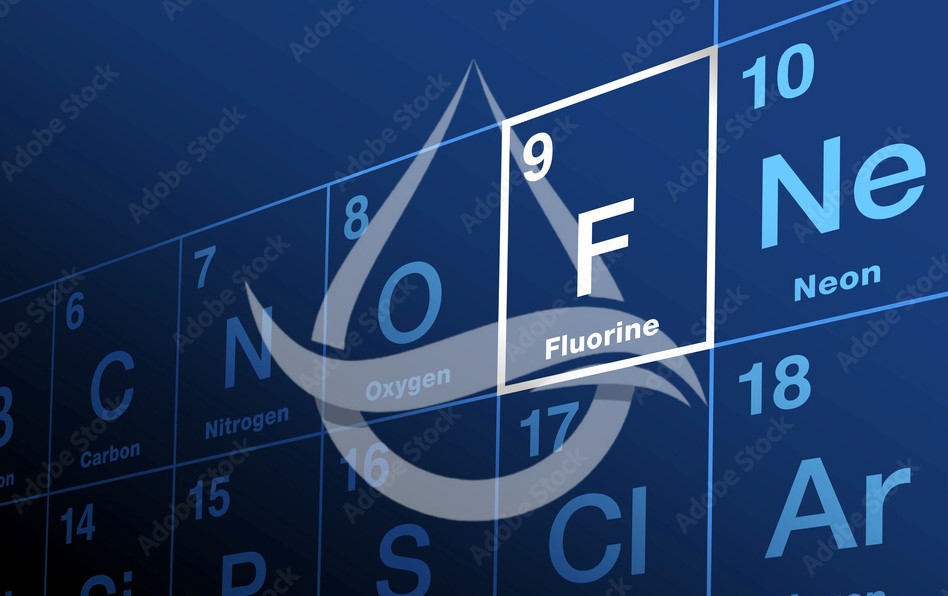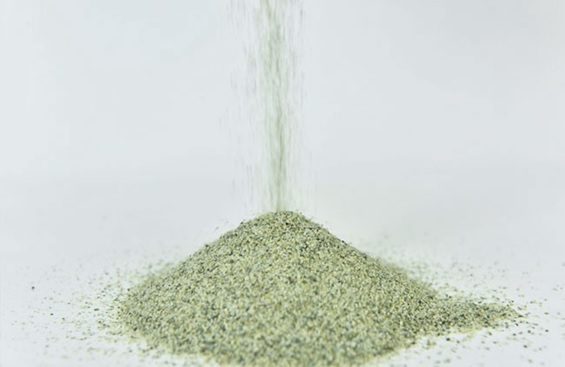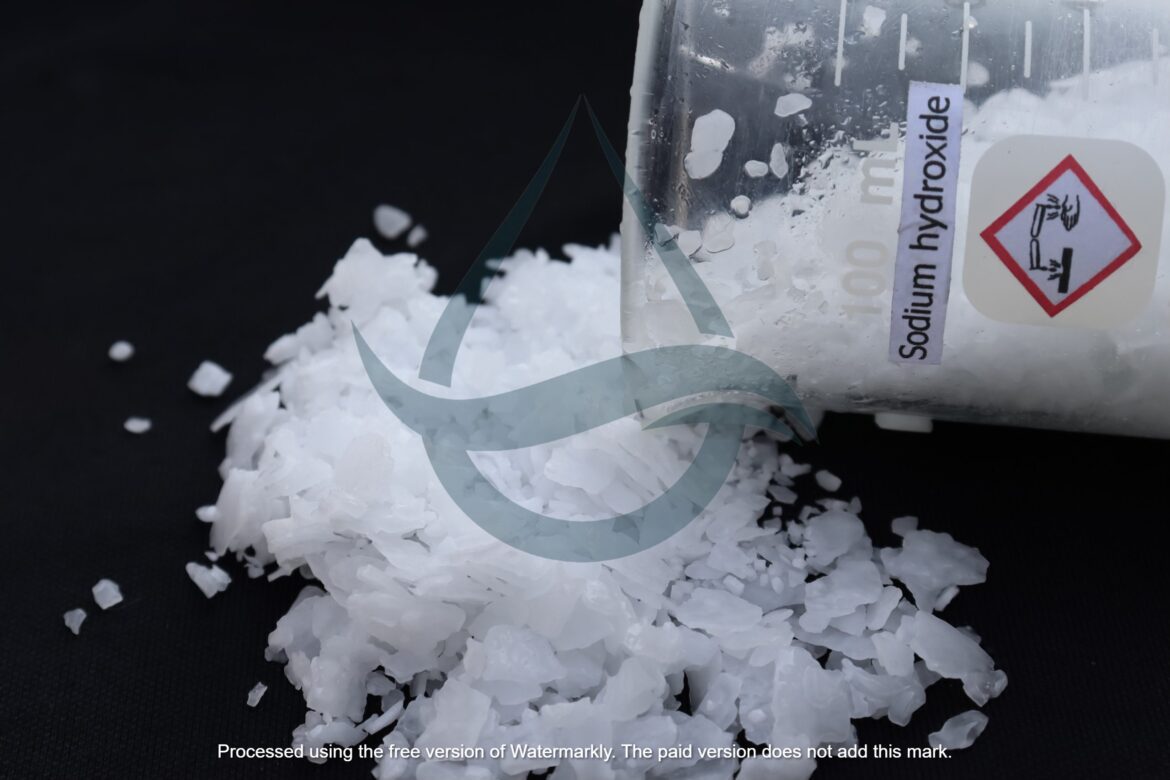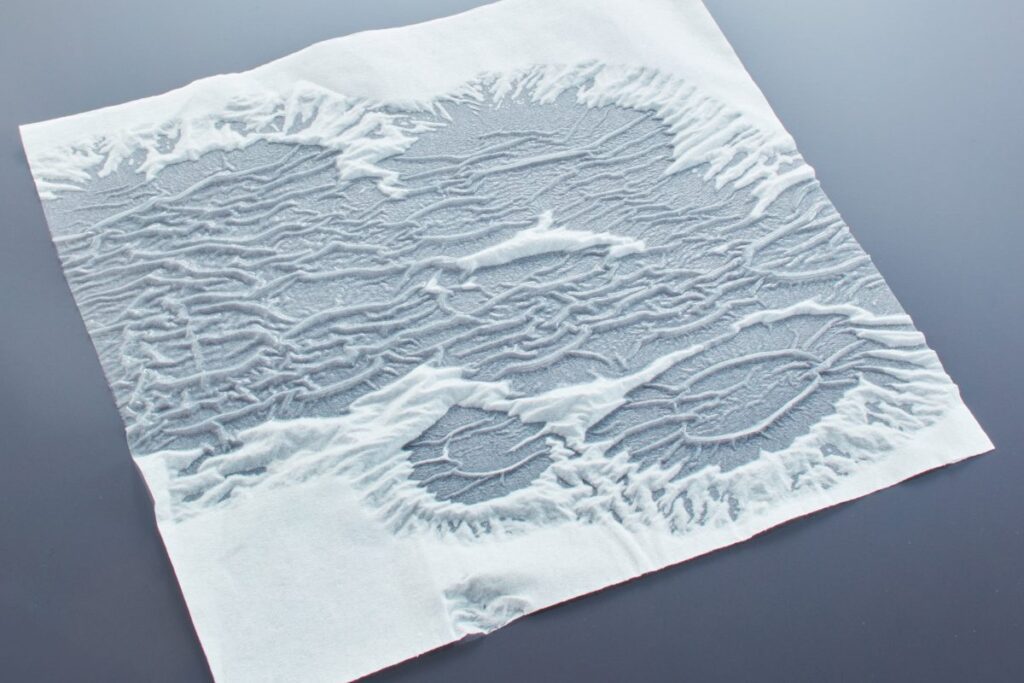Fluorine products, a crucial group of compounds, play a vital role in various industries around the world. This article provides an insightful exploration of the main countries that produce fluorine chemicals, emphasizing their significance and applications. By delving into the properties and characteristics of fluorine and its compounds, we gain a foundational understanding of this essential element. Additionally, we examine the leading producers of fluorine chemicals, shedding light on their contributions to global supply. Furthermore, we explore the diverse applications of fluorine chemicals in manufacturing processes across industries such as pharmaceuticals, electronics, and automotive. This article also addresses the environmental impact of these chemicals and the necessary regulations to mitigate associated risks. Lastly, we delve into emerging trends, innovations, and safety considerations, providing a comprehensive overview of the world of fluorine chemicals.
Essays
Definition
Olivine is a mineral that belongs to the silicate group, specifically to the orthosilicate subclass. It is commonly found in igneous rocks such as basalt and gabbro, as well as in some metamorphic environments. This mineral derives its name from its olive-green color, which can vary from pale to dark green depending on its iron and magnesium content. Olivine is comprised of a solid solution of two different minerals, forsterite and fayalite, giving it a chemical formula of (Mg,Fe)2SiO4. The specific composition of olivine can vary depending on the ratio of these two minerals, with forsterite containing more magnesium and fayalite containing more iron.
Introduction to Open Bottom Inductive Furnaces
Open bottom Inductive furnaces have revolutionized various industrial processes by utilizing electromagnetic induction to generate high levels of heat. Among the different types of inductive furnaces, open bottom inductive furnaces have gained significant attention for their unique design and exceptional performance. This article aims to provide a comprehensive understanding of open bottom inductive furnaces and their application in conjunction with olivine sand.
Introduction to inductive arc furnaces and EBT value
Introduction to inductive arc furnaces and EBT value
inductive arc furnaces and EBT value
Inductive arc furnaces play a vital role in various industrial processes, particularly in the melting and refining of metals. To ensure optimal performance and efficiency, maintaining the EBT (Eccentric Bottom Tapping) value of these furnaces is essential. The EBT value refers to the distance between the furnace’s electrode and the molten bath. However, numerous challenges arise in sustaining the desired EBT value, such as erosion, wear, and refractory lining degradation. In recent years, the usage of olivine sand as a filling material for the EBT value has gained significant attention due to its promising properties. This article explores the potential of olivine sand as an effective solution for maintaining the EBT value in inductive arc furnaces. It delves into the benefits, experimental studies, application procedures, performance evaluation, and future prospects of using olivine sand as an EBT filler.
AMPS Copolymer application in textile
AMPS Copolymer application in textile industry has seen immense growth and development over the years. With a wide range of fabrics available in the market, manufacturers are constantly looking for ways to enhance the quality and durability of their products. One such method is the utilization of AA/AMPS as dyeing auxiliaries in textile production. This essay will discuss the importance and efficacy of AA/AMPS in the dyeing process, highlighting its various applications and benefits.
Olivine Sand Metal foundry
Olivine Sand: Enhancing Metal Casting Quality with Remarkable Properties
In the realm of metal casting, the quality of foundry sand plays a crucial role in determining the overall outcome of the final product. Among the various types of foundry sands available, olivine sand stands out for its exceptional properties and significant impact on the final product’s quality. In this article, we will delve into the importance of olivine sand, addressing its unique characteristics and highlighting its contributions to achieving superior casting results.
Antifoam or defoamer agents application
Definition
Antifoam or defoamer agents application widely used in the pulp and paper industries, play a crucial role in facilitating efficient production processes and ensuring high-quality end products. This essay explores the application of antifoam agents and their significance within these industries. By gaining a comprehensive understanding of antifoam agents, their mechanisms, and their impact on the final product, stakeholders in the pulp and paper industries can make informed decisions to optimize their operations.
Ten Largest Producers of Caustic Soda in the World
:Introduction
Caustic soda, also known as sodium hydroxide (NaOH), is a widely used chemical compound with essential applications in several industries. Its production is dominated by various companies globally. This essay will explore the ten largest producer companies of caustic soda, analyzing their production capacities and market presence. By delving into the intricacies of these industry giants, we can gain a comprehensive understanding of the global caustic soda market.
Caustic soda role in paper industries
:Introduction
Caustic soda, also known as sodium hydroxide, is a highly versatile chemical compound that is widely used across various industries.
In the paper industry, caustic soda plays a crucial role in several manufacturing processes, making it an indispensable component.
This essay aims to explore the significance of caustic soda in paper industries, its applications, and its impact on the environment.
One of the primary applications of caustic soda in the paper industry is in the pulping process.
Did you know that paper is actually wet?
When you think of paper, you probably imagine a dry, lightweight material that’s easy to handle and store.
But did you know that paper is actually wet? It might sound surprising, but it’s true – and understanding the science behind it can help you appreciate this versatile material even more.









